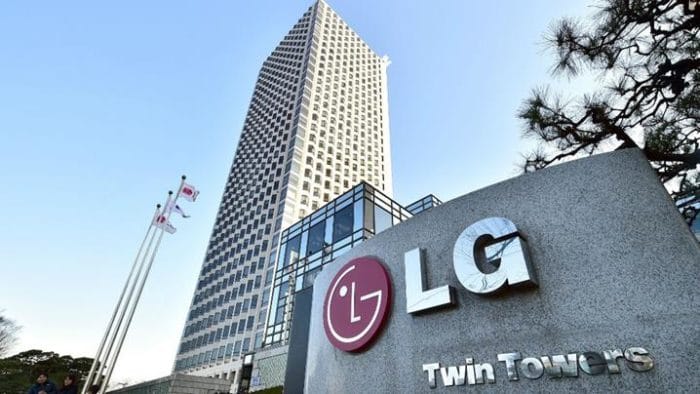The most critical factor behind the move, as per sources, is the fact that the LG was being outpaced by the aggressive marketing strategies and pricing from local phone makers. Vendors such as Xiaomi, Oppo, Huawei have been largely dominating the country for years and have made it nearly impossible for anyone else to break in. Even Samsung, in the last quarter, was not in the top five league according to Kantar. Together with Apple, these leading brands account for more than ninety percent of the total share. The report further reveals that LG was able to sell only 160,000 units in China for the entire 2016 out of an estimated 480 million total shipments. In addition to that, the Korean manufacturer didn’t bother to launch its latest flagships — the V30 and G6 either in the market. These actions clearly suggest that the company has been mulling to pull the plug for a while now. Moreover, LG’s smartphone division reported an operating loss of $192 million for Q4 and it specifically quoted ‘strong competition from Chinese brands’ as one of the reasons. Apart from that, however, the company had a rather positive spell for its rest of the products. In fact, Q4 was a record-breaking quarter for LG Electronics all things considered. On the other hand, the mobile communications division posted a loss of 213.2 billion won ($201 million) in the fourth quarter, mainly due to high marketing costs and component prices. LG’s struggles in the smartphone market are not just limited to the China market either. The company has been finding it hard to reestablish its foothold in almost any region. Its CEO, Jo Seong-jin, had even reportedly ordered to redo their next flagship from scratch as “the company hasn’t been able to find a strong selling point for the G7 smartphone.” In line with this speculation, LG reportedly won’t be introducing an annual upgrade to its G-series premium smartphone lineup at the Mobile World Congress.





